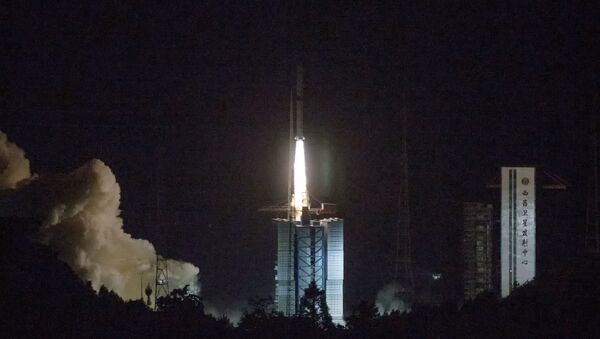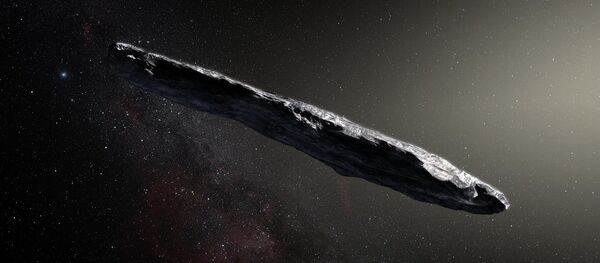By 2030, the Chinese Long March-9 rocket will be capable of carrying 140 tonnes into low-Earth orbit, which extend out to 1,200 miles above the Earth's surface, according to Long Lehao, a senior official at the Chinese Academy of Engineering.
In comparison, Europe's Ariane 5 rocket can deliver 20 tonnes into low-orbit while Elon Musk's Falcon Heavy can catapult 64 tonnes. The Long-March 9 would also outstrip the 130 tonnes that will be delivered by NASA's Space Launch System (SLS), which is currently under development and expected to become operational in 2020.
"NASA's Space Launch System, or SLS, is an advanced launch vehicle that provides the foundation for human exploration beyond Earth's orbit. With its unprecedented power and capabilities, SLS is the only rocket that can send Orion, astronauts and large cargo to the moon on a single mission," NASA wrote on its website June 29.
According to Xinhua, China's Long March-9 will consist of a core stage with a 10-meter diameter and four powerful boosters, each with a five-meter diameter. The rocket is expected to be used in manned lunar landings, deep space exploration and even in the construction of a space-based solar power plant, Long said.
China is also currently developing a reusable space rocket, the Long March-8 carrier rocket, which is expected to make its maiden flight around 2021.
"China's aerospace industry is making efforts to develop low-cost vehicles that can enter space rapidly to support future large-scale space exploration and promote a commercial space industry," Long told Xinhua in April.
China is allocating billions into its military-run space programme, with the hopes of finally catching up with US and Russia in terms of space landmarks.
In April, China asked the public to submit innovative design ideas for the country's own version of a manned lunar exploration mission currently being planned.
According to Zhou Jianping, chief designer of China's manned space program, the goal is to find innovative ideas for the design of manned lunar surface landing and ascent vehicles.
"Manned lunar exploration is an important part of the manned space program," Zhou said recently, Asia Times reported. "The public is welcome to provide their ideas for the development of the Chinese space program."
The Long March series of rockets is named after a pivotal event in China's 20th-century history, when from October 1934 to October 1935, Mao Zedong and Zhou Enlai led the incipient Red Army in a long circuitous route to establish a new base in the north of China, a course of action that eventually led to the communist victory in the civil war in 1949.



